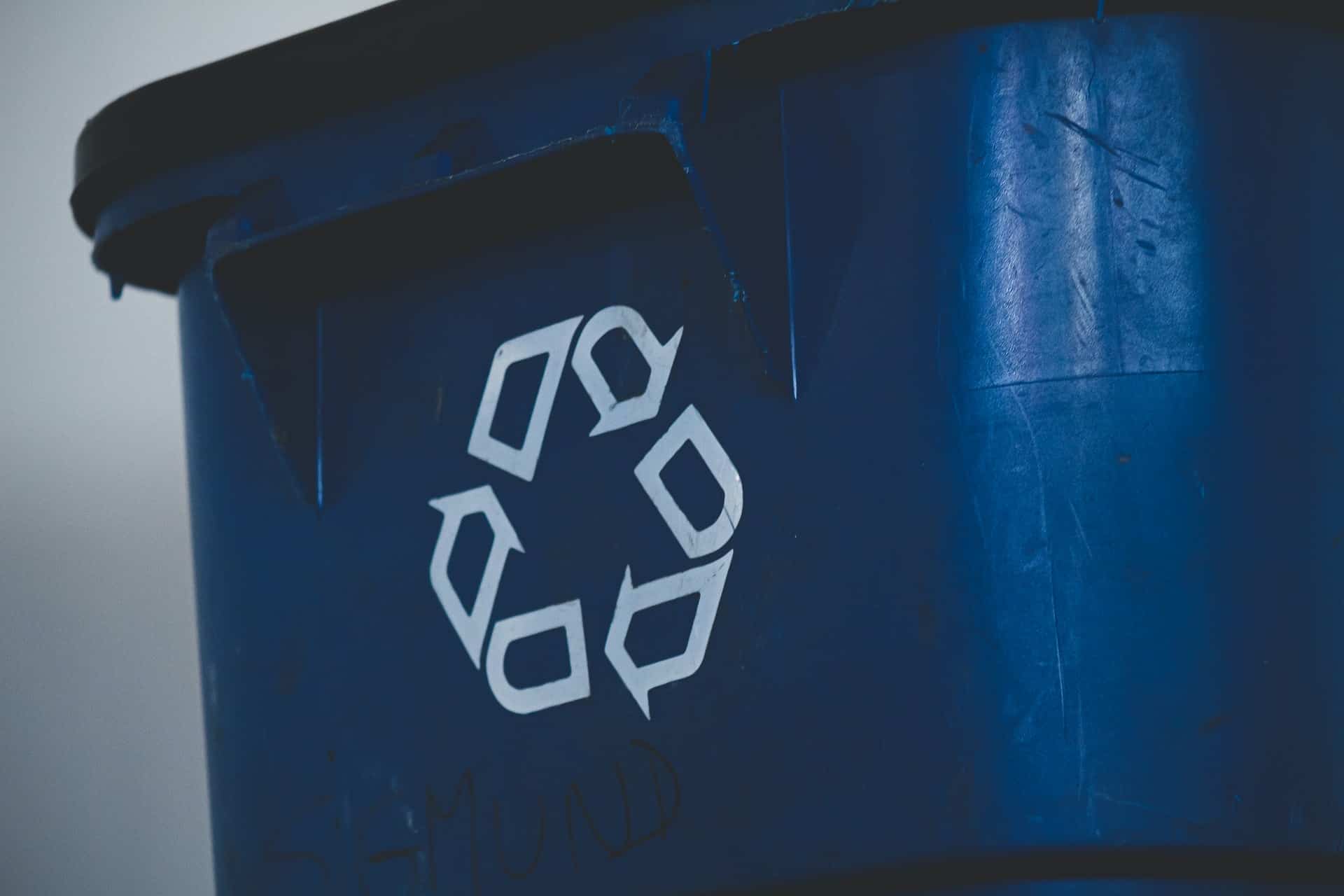REDUCE/ REUSE/ RECYCLE – How to effectively Reduce your Product’s Environmental Footprint
Sustainability, coated textile sourcingJan 11, 2022
Plastics are an environmental menace. As of today, a staggering 250 million metric tons of plastic waste is generated globally and most of it ends up in the ocean or in landfills. Given how damaging it is for the environment, you’d expect plastics to be removed wherever possible and rarely used. Sadly, however, the convenience, functionality, and versatility of plastics are hard to replace. Plastics remain an essential resource for many industries, including technical textiles. But, plastic recycling challenges for manufacturers are preeminent and a viable solution is not in the foreseeable future. Facing this reality means we must find every way we can to minimize the environmental damage.
In this article, we look at a few practical steps manufacturers can take to reduce their environmental impact while continuing to use plastics.
SPEAK WITH A TECHNICAL TEXTILE EXPERT TODAY
Recycling: An ideal but sadly unviable solution
The best way to minimize environmental damage caused by plastic waste, is to ensure that plastics don’t end up in landfills or oceans and remain in circulation. Following this logic, recycling plastics is in theory, one of the best solutions. As of 2021, barely 20% of plastic waste in Europe is recycled annually.If you look at how much plastic waste is actually recycled annually you would be dissapointed to find that . The rest remains in the environment and continues to cause damage.
Why is it so challenging for manufacturers to recycle?
There are many associated challenges with recycling that make it unfeasible in both environmental and economic sense. From a business point of view, you aim to find the right balance between profitability and sustainability, to ensure smooth and safe processes. Finding that balance becomes quite complicated when it comes to recycling plastic.
Consider thermoplastic coated textiles. Today, the chemical processes required to recycle thermoplastic textiles simply does not make sense from a business point of view.
The cost of recycling thermoplastic textiles is huge, and the process is terribly impractical. The chemicals required are expensive and that’s just the tip of the iceberg. Recycling thermoplastic textiles requires navigating through technical, logistical, and processing issues. To successfully recycle, a business depends on multiple other stakeholders, the site location, and local policy which in most cases renders it nearly impossible to achieve without suffering substantial losses.
Plastics reused for maximum conservation and sustainability
Recycling is often the first and only thing that comes into our minds when discussing reduction of plastic waste. However, there are other elementary steps that businesses can opt for to get started.
For thermoplastic textiles, a better strategy that shows great results is to extend the product lifespan and reuse it until recycling becomes viable.
No matter how optimized the process of manufacturing products with longer lifespan becomes, it would still consume energy and resources. trying to reduce it would increase your profitability without any effect on your sustainability goals. Here are the two ways you can do that in the technical textiles industry.
1- Use the highest quality materials for products with longer lifespan
One of the best ways to minimize waste is to focus on the service life of your product. If a product serves for a longer time without losing its quality, it will prolong replacement cycle.
In the case of coated textile applications, material quality is the primary determinant of service life. With the right supplier, you can source high quality materials and make your products last longer. This would be beneficial in a business sense as well. Longevity will give you a strategic edge over your competition in terms of your positioning (your products are better) and in overall value offered to your customers (better products that serve longer).
2- Discover the secondary market: Repurpose and reuse your products in other applications
Over time, your products reach their end of life in terms of usability for its initial application.
Usually, technical textiles are used in high-intensity applications and harsh conditions where they are exposed to multiple environmental and industrial elements. Even after taking this “beating” and being replaced, these decommissioned products can be used for a variety of applications in different areas. The secondary market for used products or fabrics utilize it quite efficiently, shipping it internationally to different markets and locales.
Some of the most common secondary applications of thermoplastic technical textiles are:
Agriculture
Thermoplastic textile materials are a perfect solution for multiple agricultural products. They can be used for irrigation waterways, rainwater collection reservoirs, water storage tanks, fertilizer storage, and many other uses.
Generally, this tendency is quite popular with farmers and communities involved in subsistence agriculture (where the crop is used solely for the farmer’s personal needs)It presents an excellent opportunity for businesses to play their part in uplifting local farmers and fulfill their social responsibility.
Construction
The construction industry is a lot more than simple bricks and mortar. There are multiple elements to ensure protection and comfort for the inhabitants. Thermoplastic technical textile scraps are generally used as lining in roofs and walls for insulation and waterproofing.
Furniture
The furniture industry relies on reused plastics for many applications. Thermoplastic scraps are usually cut into strips and then used to weave mattresses, frames, chairs, beds, and other products. Most coated textiles are quite pliable and sustain a lot of weight without any deformation. Moreover, since they are not generally exposed, reused plastics can last much longer in furniture products.
What role does Erez play?
Sustainability is one of Erez’s core values. Erez actively seeks and implements innovative methods to optimize its processes and reduce the environmental footprint as much as possible.
The high-quality coated materials at Erez are designed to last a lifetime. Erez’s products have a contingency against damages as well. Maintenance and repair are easy – most of our coated textiles are weldable, which means that you can re-weld any tears or damages instead of discarding them.
For reusing plastic products, Erez works closely with its partners in finding new and innovative ways to create sustainable End-of-life (EOL) processes for coated textiles. This effort is a contribution to ensure that the discarded material doesn’t end up as waste in landfills or the ocean.
Sustainability is a long way, but it is worth it
Plastics are an essential part of the coated fabrics industry, but the drawbacks are endless. Recycling thermoplastic textiles might not always be the best step. Even when it is, you’ll need to spend some resources to process it.
Reusing plastics in coated textiles is a viable alternative that allows you to converse those resources while ensuring minimal plastic waste. Erez puts great efforts in design and manufacturing sustainable coated textile solutions. With its committed team of experts by your side, you can focus on sustainability and improve your contribution to the environment. With Erez, the possibilities are looking greener than ever.
Share this Post




